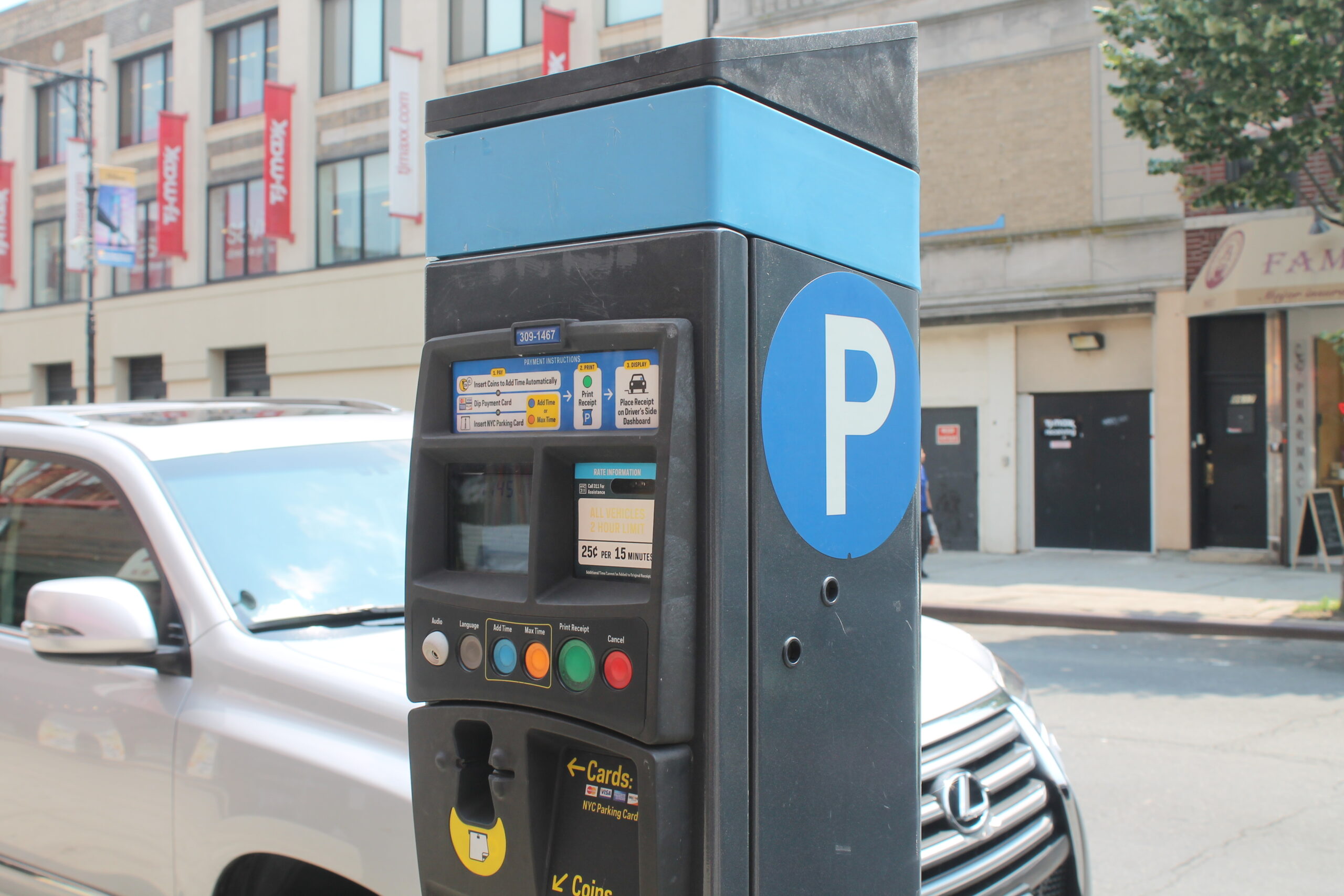New muni-meter law allows pre-payment

Motorists will no longer have to sit in their cars, waiting for meters to begin working in New York City, as the New York City Department of Transportation (DOT) began implementing part of local Councilmember David Greenfield’s muni-meter legislation in June, upgrading muni-meters citywide to accept pre-payment one hour before meter regulations go into effect.
“It’s a good change because it will prevent people from spending more money than they’re supposed to,” said Josephine Beckmann, district manager of Community Board 10. “I’m supportive of working on meter changes that help and assist those who want to publicly park and park more efficiently.”
The DOT has already successfully upgraded muni-meters in Borough Park, Park Slope, Downtown Brooklyn, East New York, Coney Island, the Brooklyn College area, Flatbush, Brooklyn Heights, Williamsburg and Bedford-Stuyvesant. Muni-meters in all five boroughs will be upgraded by mid-July, according to the DOT.